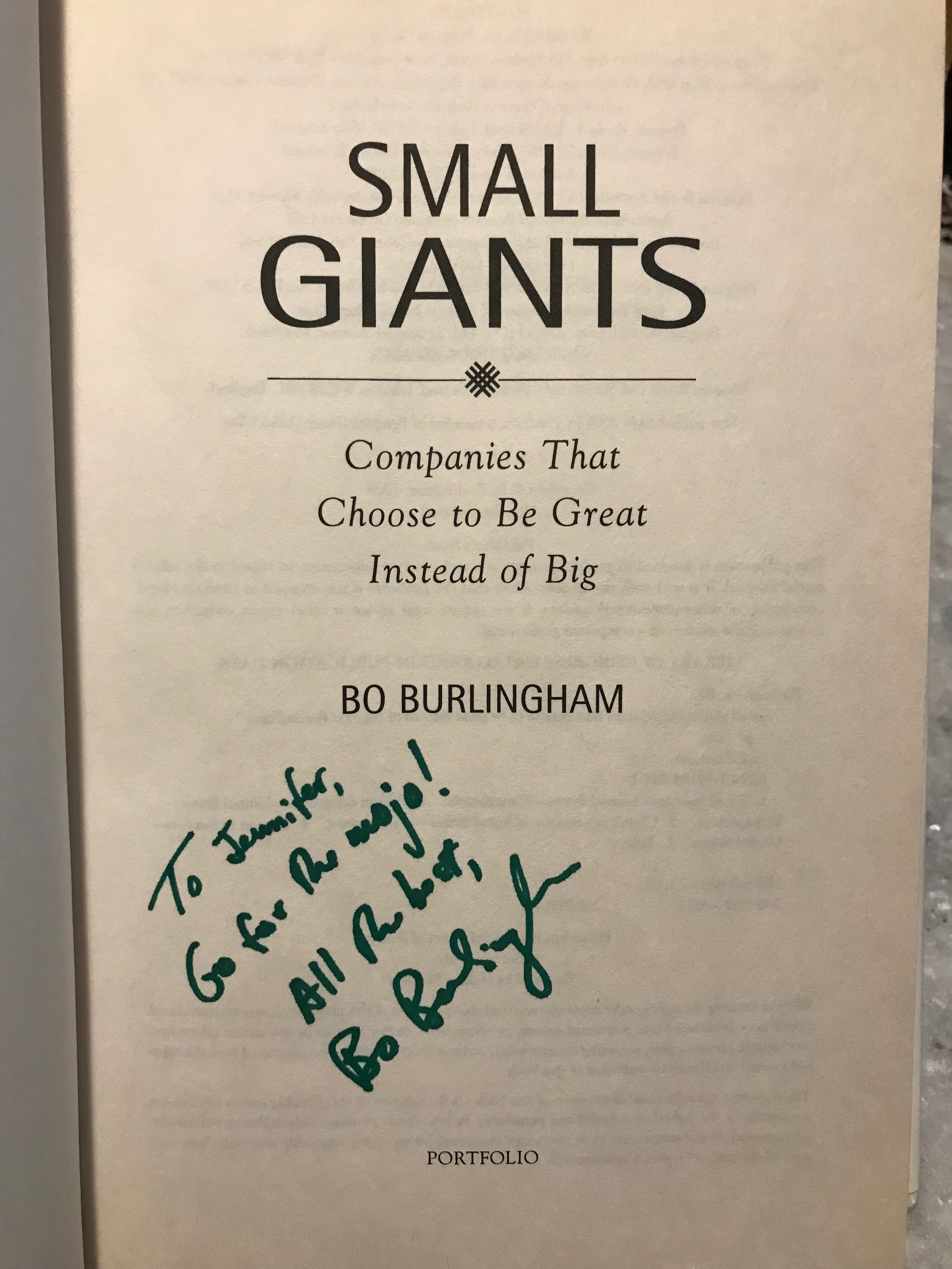Where the Magic Happens
/When the box is opened, the outfit is worn, or the photos are framed—whatever your creative element—having clients select, share, and celebrate your work is one of the most fulfilling aspects of running a business.
Most people quit before they reach this moment because getting here means talking to people they’ve never met and facing rejection. It also means fulfillment, satisfaction, and pride.
As you look to build your business, I encourage you to stop spinning in the comfort of the creative process and step into the power and growth of making client connections. Imagine the impact of your work helping one family today, inspiring one person, or elevating one customer’s experience.
Meeting future clients allows you to talk about your product, see what flows naturally, and determine where you need more thought and practice. You’ll hear questions that never occur to you. Why? Because we’re too close to our work. You don’t know what assumptions you’ve made until someone comments or inquires about something you thought was obvious. This is how we learn. This is how you make your offer more succinct. It’s how you get to your big dreams.
When the voice of doubt creeps in, be proactive and redirect that noise. What if it all goes great?! You’ll meet new people and glean valuable feedback no matter what happens. Like it or not, it’s all tied together. This is the road to success. Be willing to make the video, have the call, and go on the appointment.
From your client’s perspective, they appreciate a genuine conversation over a slick sales deck. They know when you’ve done your research and hear the passion as you share how your product adds value to their life or business. Even if they don’t buy today, this is how long-term relationships are built.
Connection is where the magic happens.





